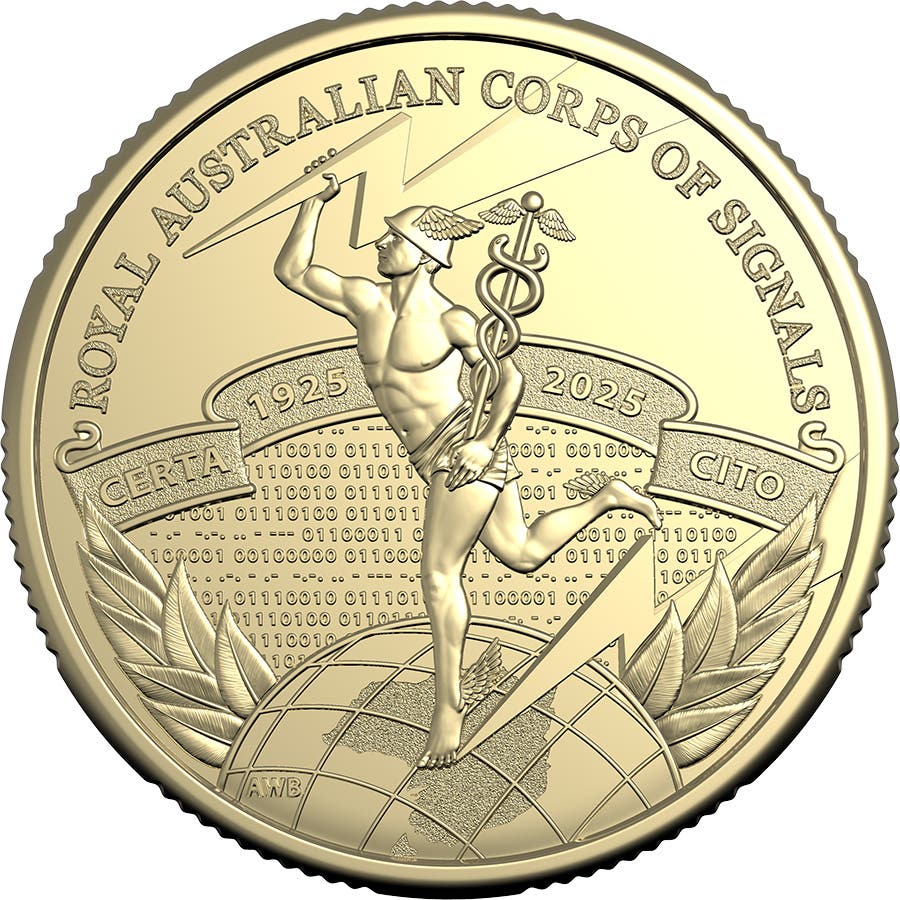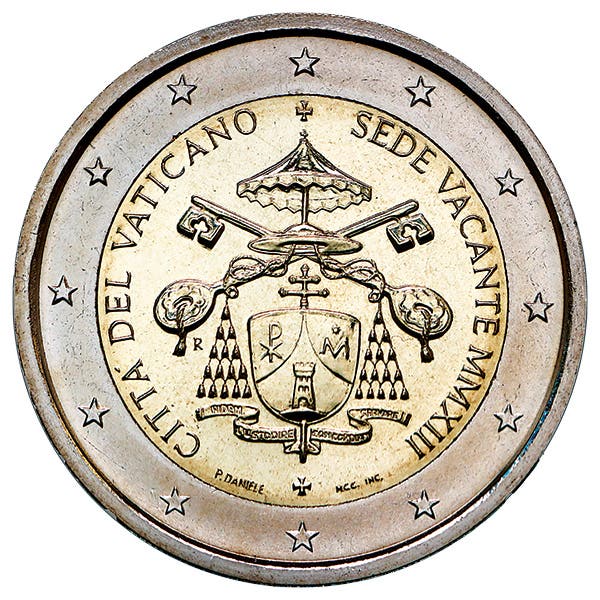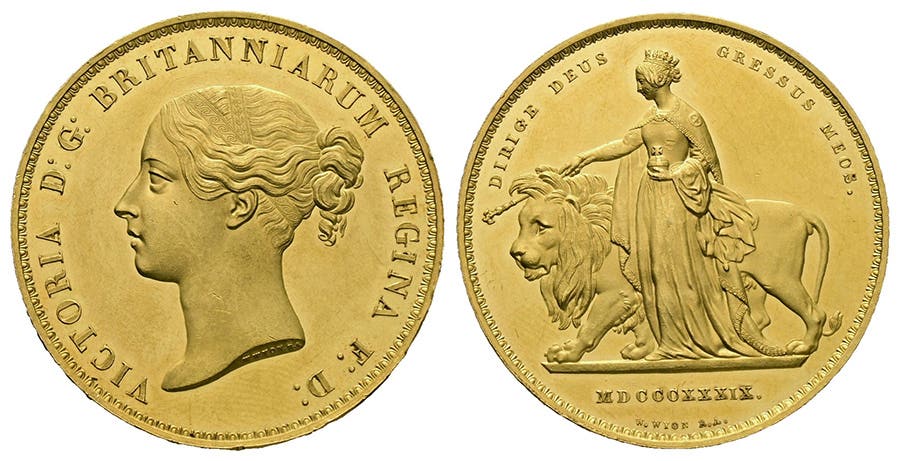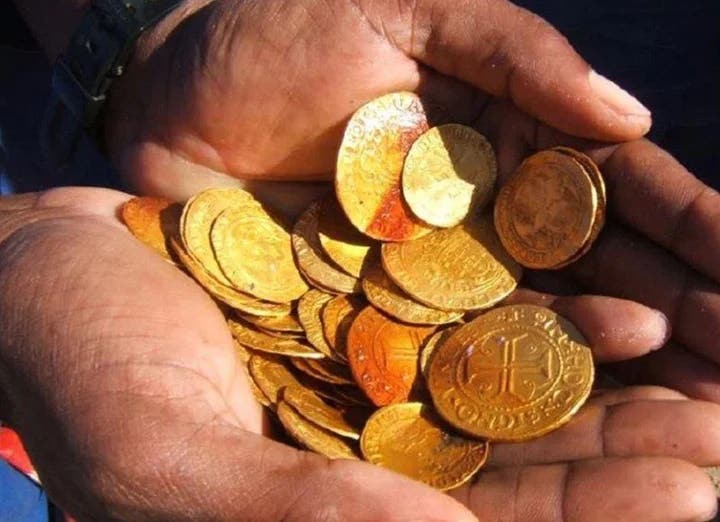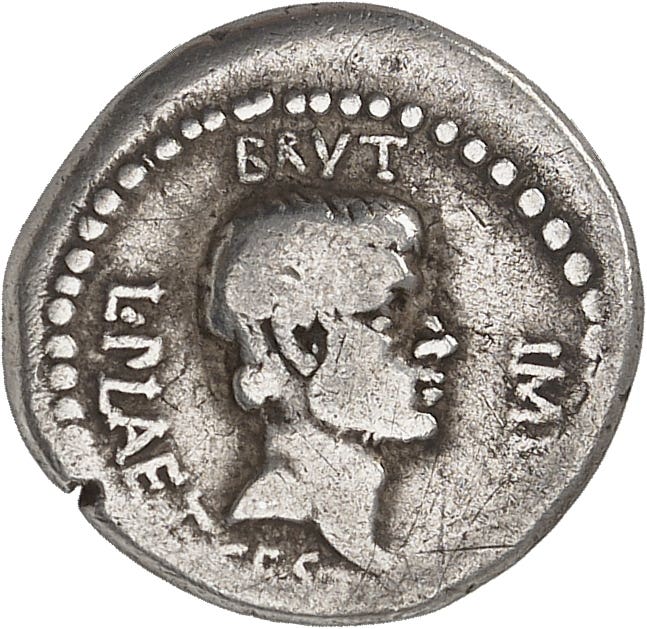Counterfeit Coin Ring Foiled
Do you wonder who would want to go through all the trouble of counterfeiting a coin when it would be much more lucrative to fake a bank note? More people than you’d think.
Counterfeit coins appear to be something out of the past to the American public. Who would want to go through all the trouble of counterfeiting a coin when it would be much more lucrative to fake a bank note?
This isn’t true everywhere. While coins in any denomination higher than 25 cents generally fail to circulate in the United States, this isn’t true worldwide. The European Union issues coins in denominations as high as €2. At the time this article was being written, the exchange rate for a €2 coin was $2.17, making a coin of this value a greater target for counterfeiters to consider.
According to the European Central Bank, “Most counterfeits are easy to detect as they have no, or only very poor, imitations of security features.”
The 467,000 fake euro bank notes detected during 2023 are among the lowest levels since the introduction of the European Union euro currency. At the same time, Germany and Portugal reported the greatest uptick in numbers and face value in €200 and €500 bank note denominations, each of which is no longer being issued. In the past, fake €10 and €20 notes dominated those being detected.
Due to the challenge of trying to counterfeit euro bank notes due to needing to address an ever-increasing number of counterfeiting detection devices, it now appears some counterfeiters have turned to the more easily faked €2 coinage. While it may appear on the surface that passing sufficient numbers of bogus €2 coins to make it worth the effort would be challenging, it appears criminals have found a way to do just that.
On Dec. 1, 2023, Europol supported the Italian Carabinieri Corps or Arma dei Carabinieri, arrested four persons, dismantled a counterfeiter’s mint, searched 12 locations in Italy, and seized 107,000 in bitcoins in addition to counterfeit coins. The 12 locations searched are in the Italian cities of Matera, Perugia, Rome, and Taranto. The Public Prosecutor’s Office at the Court of Taranto coordinated the investigation and was supported by the European Commission’s European Technical and Scientific Centre. Investigators said 60 shipments of bogus coins had been tracked leading up to the December arrests.
According to the Dec. 9, 2023, dated Organized Crime and Corruption Reporting Project, “The investigation began on April 10, 2021, when Italian Carabinieri apprehended two people in possession of 668 fake €2 coins. Investigations revealed that the counterfeit coins were distributed throughout several European countries, mainly in France, but also in Germany, Lithuania, Portugal, Spain, and Switzerland. Authorities conducted 12 searches at various locations in Italy.”
The report continues, “Thanks to cryptanalysis blockchain transactions — with blockchain being a record-keeping system challenging to hack — law enforcement discovered that the syndicate operated through a ‘vendor’ responsible for a channel on an instant messaging app. This ‘vendor’ was selling the counterfeit euro coins for half of their value, accepting payment in cryptocurrency.”
A Europol statement comments, “The global acceptance of the euro as a stable currency with low rates of inflation makes it an attractive currency for counterfeiters.”
According to the OCCRP, “There is also a proven connection with organized crime networks who use counterfeit money to finance illegal activities such as trafficking in human beings and drugs, and even terrorism.”
The report continues, “Currency counterfeiting is a problem that cannot be dealt with by law enforcement alone” but must involve the collaboration of “monetary issuing authorities, central banks, and the security printing industry.”
While bogus bank notes continue to dominate the fake currency market, coins are also proving to be problematic targets. During the first half of 2023, a police forensic laboratory in Pristina, Kosovo, identified more than 30,000 counterfeit €2 coins, compared to only 4,451 fake €2 coins detected during the same time period one year earlier.
Pristina laboratory expert Vjollca Mavriqi said, “Before the fake coins were not magnetic and now, they are. Before they had issues with weight, but now they match the genuine ones.”
The Kosovo fakes were being sold via social media for half their face value, the same exchange rate used to distribute the Italian fakes.
In 2021, Japan released new 500-yen circulation strike coins for the first time in 21 years. To prevent counterfeiting, the coins were changed to a two-color piece with etchings on the inner rim. The exchange value of this denomination is about $4.40 U.S.
On Dec. 4, 2023, the Canada Border Services Agency charged Jean-François Généreux with “buying, importing and possessing currency, and providing false information in a customs declaration” under the Criminal Code and the Customs Act.
The agency seized 12,049 counterfeit Canadian $2 “Twoonie” coins at Montreal-Mirabel International Airport, which were being shipped to Généreux and purchased from the online marketplace Alibaba. These fakes were allegedly purchased for five cents each. A search of Généreux’s home yielded an additional 14,581 $2 coins in addition to 91 fake U.S. $50 bank notes.
You may also like:



